Home>Gardening & Outdoor>Landscaping Ideas>How To Remove Ornamental Grass
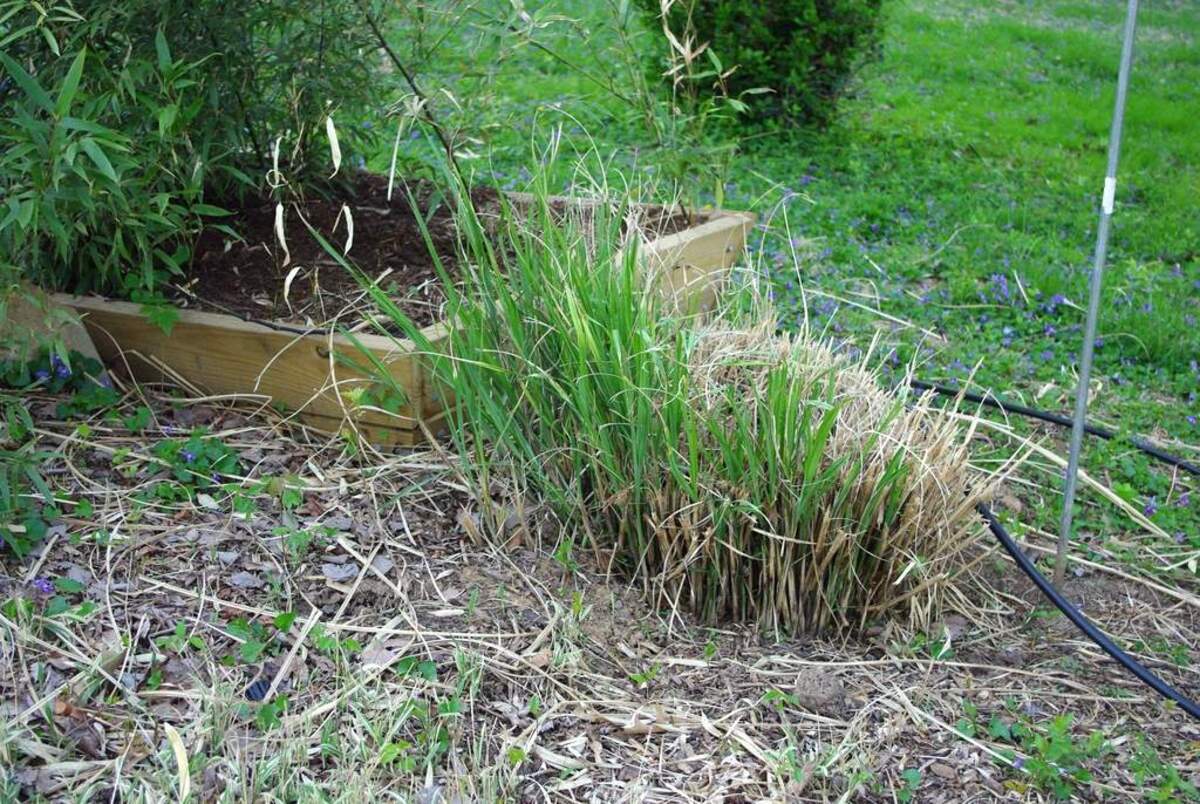

Landscaping Ideas
How To Remove Ornamental Grass
Modified: February 18, 2024
Learn how to remove ornamental grass with our expert landscaping ideas. Find step-by-step instructions and tips for a successful removal process.
(Many of the links in this article redirect to a specific reviewed product. Your purchase of these products through affiliate links helps to generate commission for Storables.com, at no extra cost. Learn more)
Introduction
Removing ornamental grass from your landscape may seem like a daunting task, but with the right approach and tools, it can be a manageable and rewarding endeavor. Whether you're redesigning your garden, making space for new plantings, or simply looking to refresh the look of your outdoor space, knowing how to remove ornamental grass effectively is essential.
Ornamental grasses, prized for their graceful foliage and striking appearance, can add texture, movement, and visual interest to any garden. However, there are times when these beautiful grasses need to be removed. Perhaps they have outgrown their designated area, or you simply desire a change in your landscape design. Whatever the reason, understanding the proper techniques for removing ornamental grass is crucial to ensure a successful and seamless transition in your garden.
In this comprehensive guide, we will walk you through the step-by-step process of removing ornamental grass from your garden or yard. From gathering the necessary tools and materials to the final disposal of the grass, each step is essential in achieving a clean and well-prepared area for your next landscaping project. By following these instructions, you'll be equipped with the knowledge and confidence to tackle the task of removing ornamental grass with ease.
So, roll up your sleeves, put on your gardening gloves, and let's dive into the process of removing ornamental grass to transform your outdoor space into a blank canvas for new possibilities. Whether you're a seasoned gardener or a novice enthusiast, this guide will provide you with the insights and techniques needed to accomplish this task efficiently and effectively. Let's get started!
Key Takeaways:
- Removing ornamental grass involves cutting it back, digging up the root ball, and disposing of it responsibly. This process creates a blank canvas for new plants and shows dedication to maintaining a vibrant garden.
- By dividing the root ball, you can propagate and share the beauty of ornamental grass while rejuvenating your landscape. Responsible disposal contributes to environmental stewardship and sustainable gardening practices.
Read more: How To Split Ornamental Grass
Step 1: Gather necessary tools and materials
Before embarking on the task of removing ornamental grass, it's essential to gather the necessary tools and materials to ensure a smooth and efficient process. Here's a comprehensive list of items you'll need:
Tools:
- Garden Gloves: Protect your hands from potential cuts and scratches while handling the grass and tools.
- Pruning Shears or Hedge Trimmers: These will be used to cut back the ornamental grass to a manageable height for removal.
- Shovel or Spade: A sturdy shovel or spade will aid in digging up the root ball of the grass.
- Hand Trowel: Useful for intricate digging around the base of the grass and loosening the soil.
- Loppers: If the grass has thick or dense foliage, loppers can assist in cutting through the tough stems.
- Wheelbarrow or Tarp: Either of these can be used to transport the removed grass and its root ball to the disposal area.
Materials:
- Trash Bags or Yard Waste Bags: These will be used to contain the removed grass for disposal.
- Mulch or Compost (optional): If you plan to reuse or repurpose the removed grass, having mulch or compost ready can be beneficial.
- Marker or Label: If you're dividing the grass for transplanting, having a marker or label to identify the different sections can be helpful.
By ensuring that you have these tools and materials on hand, you'll be well-prepared to tackle the task of removing ornamental grass from your garden or yard. With the right equipment at your disposal, you can proceed to the next steps with confidence, knowing that you have everything you need to accomplish the job effectively.
Step 2: Cut back the grass
Once you have gathered the necessary tools and materials, the next step in removing ornamental grass is to cut it back to a manageable height. This process not only makes the grass easier to handle but also reduces the risk of injury during the removal process.
Begin by putting on your garden gloves to protect your hands from potential cuts and scratches. Then, using pruning shears or hedge trimmers, carefully trim the ornamental grass to a height of about 4 to 6 inches from the ground. If the grass is particularly dense or tall, you may need to use loppers to cut through the tough stems effectively.
It's important to approach this step with caution, especially if the grass has sharp or serrated edges. Take your time to ensure a clean and even cut, as this will facilitate the subsequent steps of removing the grass.
Trimming the grass back serves multiple purposes. Firstly, it reduces the overall volume of the grass, making it more manageable to handle during the extraction process. Additionally, cutting the grass to a uniform height provides a neater appearance and prevents any unruly foliage from obstructing your work area.
By cutting back the ornamental grass, you are setting the stage for the subsequent steps of digging up the root ball and, if desired, dividing the grass for transplanting. This initial preparation is essential for a smooth and efficient removal process, allowing you to proceed with the task with greater ease and confidence.
With the grass neatly trimmed and prepared, you are now ready to move on to the next crucial step: digging up the root ball. This step will require careful excavation to ensure the successful removal of the grass while minimizing disturbance to the surrounding soil and plants. So, grab your shovel or spade, and let's delve into the process of extracting the root ball of the ornamental grass.
Read more: How To Grow Ornamental Grass
Step 3: Dig up the root ball
With the ornamental grass trimmed to a manageable height, the next critical step is to carefully dig up the root ball. This process requires precision and attention to ensure the successful extraction of the grass while minimizing disruption to the surrounding soil and plant life.
Begin by positioning your shovel or spade at a reasonable distance from the base of the grass, taking care not to damage the surrounding roots or plants. Insert the shovel into the soil, angling it inward to create a deep and wide trench around the perimeter of the grass. Work your way around the grass, gradually loosening the soil to create a clear boundary for the root ball.
As you continue to dig, gently pry the root ball upward, leveraging the shovel to loosen the grass from the soil. Take your time and exercise patience, as rushing this step can result in damage to the root system or the surrounding plants. If the grass is particularly large or has an extensive root system, consider enlisting the help of a gardening partner to assist with the lifting and extraction process.
Once the root ball is sufficiently loosened, carefully lift the ornamental grass from the ground, ensuring that the entire root system is intact. It's essential to handle the grass with care to prevent any breakage or damage to the roots, as this can impact the plant's viability if you plan to transplant it or give it away.
After the grass has been successfully lifted, inspect the surrounding soil to ensure that no unintended damage has occurred to nearby plants or their root systems. If any disturbances are noted, take the time to gently pat down the soil and restore the affected area to its original state.
With the root ball successfully extracted, you have completed a significant milestone in the process of removing ornamental grass from your garden or yard. The next step involves the optional task of dividing the root ball, which can be beneficial if you intend to transplant or share the grass with others. If you opt to divide the root ball, proceed to the next step. Otherwise, you can move on to the final step of disposing of the grass, bringing you closer to achieving a clean and revitalized outdoor space.
Step 4: Divide the root ball (optional)
Dividing the root ball of ornamental grass is an optional yet beneficial step, especially if you intend to transplant the grass to different areas of your garden or share it with fellow gardening enthusiasts. This process allows you to create multiple smaller plants from a single large clump, promoting healthier growth and enabling you to expand the presence of the ornamental grass in your landscape.
To begin, carefully examine the root ball to identify natural separations or sections within the mass of roots. Using a sharp and sturdy tool, such as a shovel, spade, or even a serrated knife, gently divide the root ball into smaller sections, ensuring that each division contains a sufficient amount of roots and foliage to support the growth of a new plant.
As you divide the root ball, it's essential to approach the process with precision and caution, aiming to minimize damage to the roots and preserve the overall health of the divided sections. If the grass has distinct clumps or visible separations within the root system, these natural divisions can serve as a guide for the splitting process.
Once the root ball has been divided into smaller sections, you may choose to transplant these divisions to new locations within your garden or share them with friends and neighbors who appreciate ornamental grasses. Before transplanting the divided sections, ensure that the receiving soil is well-prepared with adequate nutrients and drainage to support the growth of the transplanted grass.
When transplanting the divided sections, dig individual holes that are spacious enough to accommodate the root systems without crowding or bending the roots. Gently place each section into its designated hole, ensuring that the top of the root ball aligns with the surrounding soil level. After planting, water the transplanted sections thoroughly to promote root establishment and mitigate transplant shock.
By dividing the root ball of the ornamental grass, you not only expand the presence of this striking plant in your garden but also contribute to its overall vitality and longevity. This optional step offers a rewarding opportunity to propagate and share the beauty of ornamental grass while rejuvenating your landscape with new growth and visual interest.
Use a sharp spade or shovel to dig around the base of the ornamental grass. Then, carefully lift and remove the entire clump, including the roots. Dispose of the plant material properly to prevent regrowth.
Step 5: Dispose of the grass
Once the ornamental grass has been removed and, if desired, divided for transplanting, the final step involves the responsible disposal of the excess grass and any remaining plant material. Proper disposal is essential to maintain the cleanliness and aesthetics of your garden or yard while ensuring that the removed grass does not negatively impact the surrounding environment.
To dispose of the grass, begin by gathering the trimmed foliage and any remaining root ball sections. Place these in sturdy trash bags or designated yard waste bags, ensuring that the bags are securely sealed to prevent any loose debris from scattering during transport. If the grass has been divided into smaller sections for transplanting, any unusable or excess plant material can also be placed in the disposal bags.
Once the grass and plant material have been securely bagged, consider the appropriate disposal method based on your local regulations and environmental considerations. If your area offers curbside yard waste collection, place the sealed bags at the designated pickup location according to the scheduled collection dates. Alternatively, if there are specific guidelines for green waste disposal at local recycling centers or transfer stations, transport the bags accordingly and adhere to the disposal protocols in place.
If you are environmentally conscious and seek to minimize waste, consider composting the removed grass and plant material if suitable facilities are available. Composting not only reduces the volume of organic waste sent to landfills but also produces nutrient-rich compost that can be used to enrich the soil in your garden. However, it's important to ensure that the ornamental grass and any associated plant material are suitable for composting and free from any diseases or pests that could compromise the composting process.
In the event that the removed grass is invasive or poses a risk of spreading unwanted seeds, it is crucial to dispose of it responsibly to prevent potential ecological harm. Avoid discarding invasive grass species in natural areas or open spaces, as this can contribute to the spread of non-native plants and disrupt local ecosystems. Instead, prioritize proper disposal methods that align with local regulations and environmental stewardship practices.
By conscientiously disposing of the removed ornamental grass, you contribute to the overall maintenance and sustainability of your garden or yard while upholding environmental responsibility. This final step marks the completion of the process of removing ornamental grass, leaving you with a clean and rejuvenated outdoor space ready for new landscaping endeavors.
Conclusion
As you conclude the process of removing ornamental grass from your garden or yard, take a moment to appreciate the transformation that has taken place. What was once a flourishing display of graceful foliage and striking presence has now been carefully extracted, offering a blank canvas for new possibilities in your outdoor space. The removal of ornamental grass signifies not just a change in your landscape design, but also a testament to your dedication to maintaining a vibrant and well-tended garden.
Throughout this comprehensive guide, you've embarked on a journey that encompassed the careful preparation, precise execution, and responsible disposal of the ornamental grass. From gathering the necessary tools and materials to dividing the root ball and disposing of the excess grass, each step was a deliberate and purposeful endeavor aimed at achieving a seamless transition in your garden.
By following the outlined steps, you've not only removed the ornamental grass but also gained valuable insights into the intricacies of garden maintenance and plant care. The process of cutting back the grass, digging up the root ball, and, if desired, dividing the grass for transplanting has provided a hands-on experience that deepens your connection to your garden and the natural world.
As you look ahead to the future of your garden, consider the possibilities that now await you. With the space once occupied by ornamental grass now available for new plantings, you have the opportunity to introduce fresh elements that will invigorate and redefine your outdoor environment. Whether you envision vibrant flowering perennials, lush ground covers, or captivating garden features, the removal of ornamental grass has paved the way for a renewed and revitalized landscape.
Furthermore, the responsible disposal of the removed grass reflects your commitment to environmental stewardship and sustainable gardening practices. By adhering to local regulations and considering eco-friendly disposal methods such as composting, you've demonstrated a conscientious approach to garden maintenance that respects the natural balance of the ecosystem.
As you reflect on the journey of removing ornamental grass, remember that every task in the garden, no matter how seemingly small, contributes to the overall beauty and harmony of your outdoor space. Your dedication to maintaining a healthy and vibrant garden is a testament to your passion for gardening and your appreciation of the natural world.
With the knowledge and experience gained from this process, you are well-equipped to embark on new landscaping endeavors, knowing that you have the skills and understanding to care for your garden with confidence and proficiency. As you embrace the evolving seasons and the ever-changing tapestry of your garden, may the removal of ornamental grass mark the beginning of a new chapter filled with creativity, growth, and the enduring beauty of nature.
Frequently Asked Questions about How To Remove Ornamental Grass
Was this page helpful?
At Storables.com, we guarantee accurate and reliable information. Our content, validated by Expert Board Contributors, is crafted following stringent Editorial Policies. We're committed to providing you with well-researched, expert-backed insights for all your informational needs.
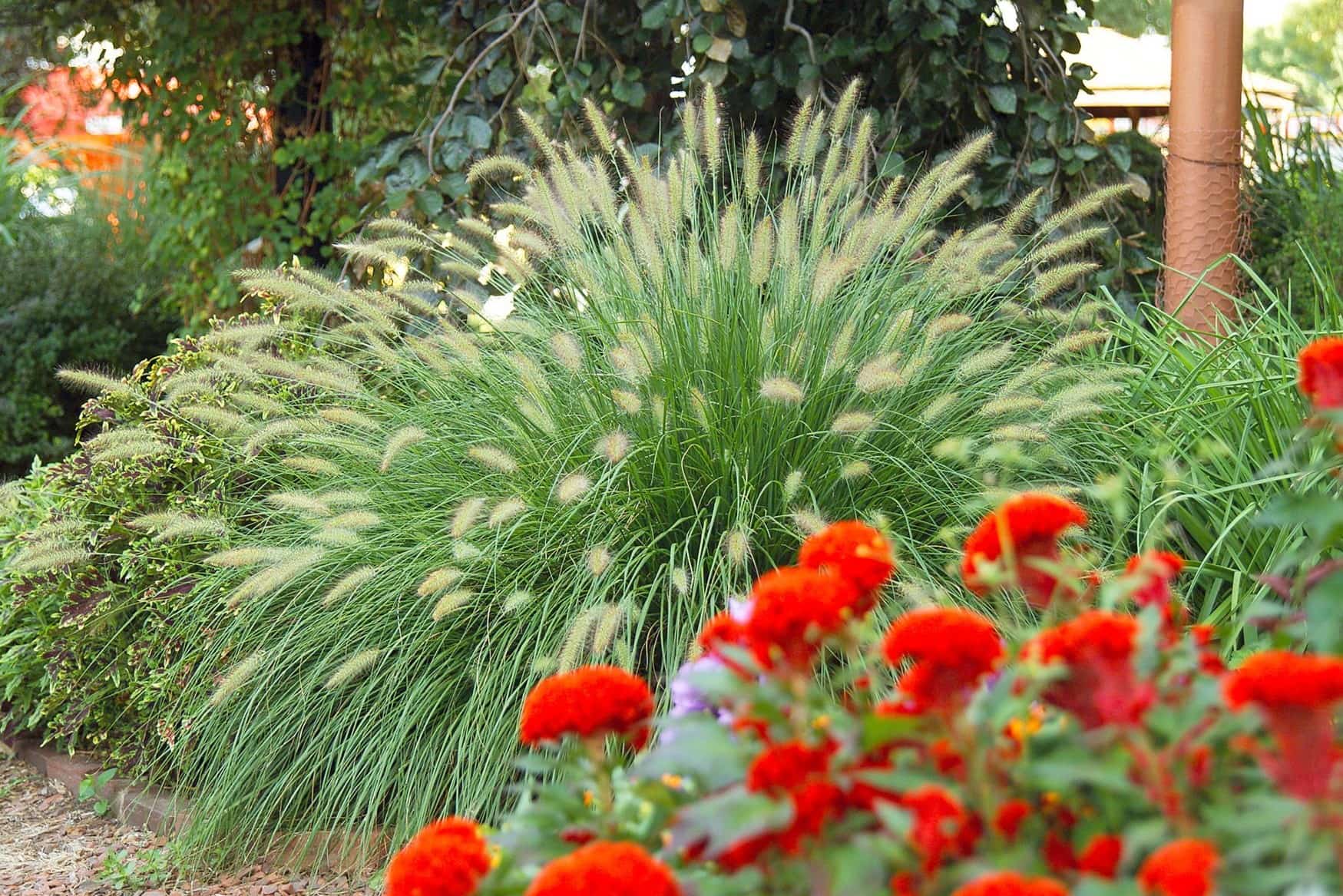
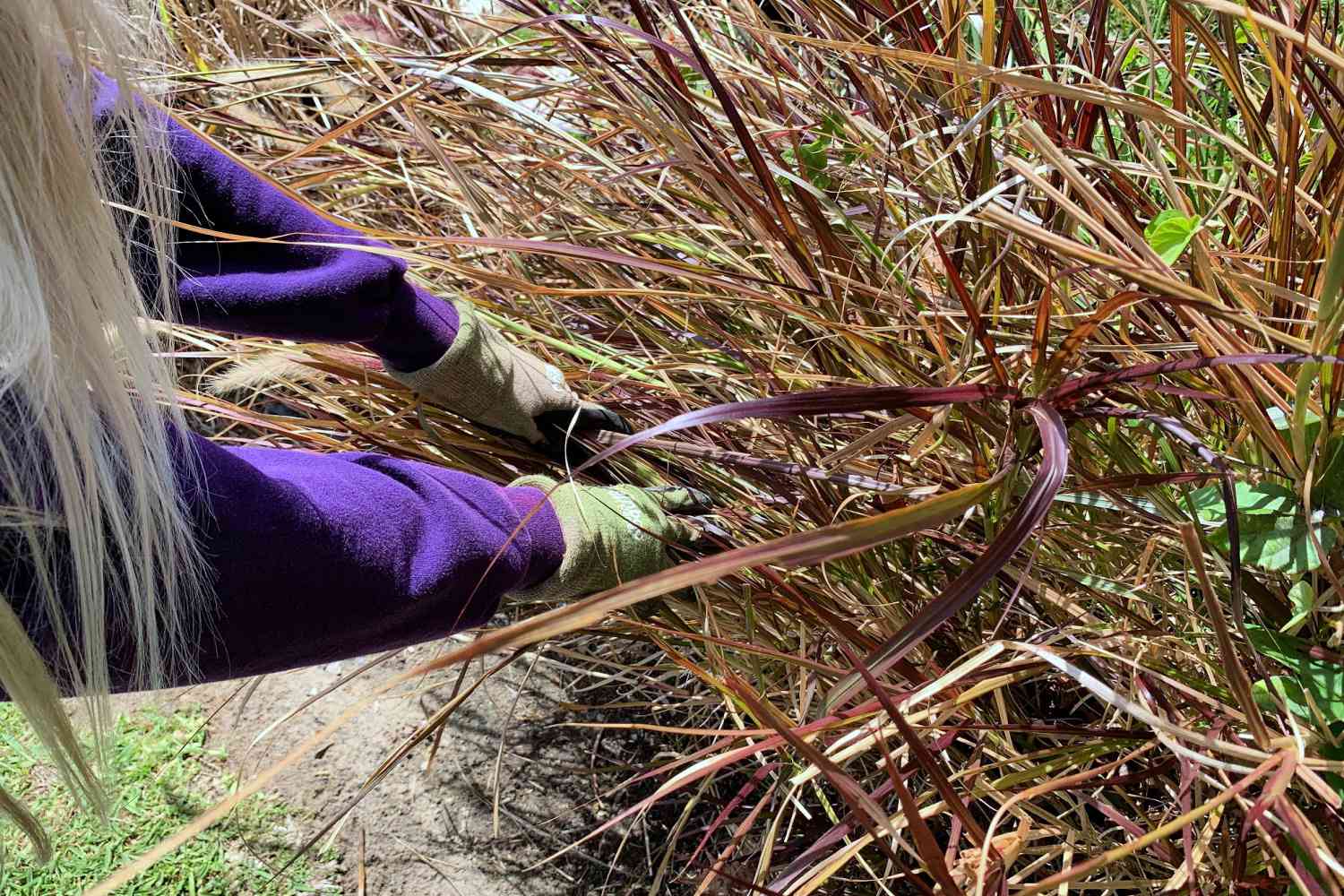
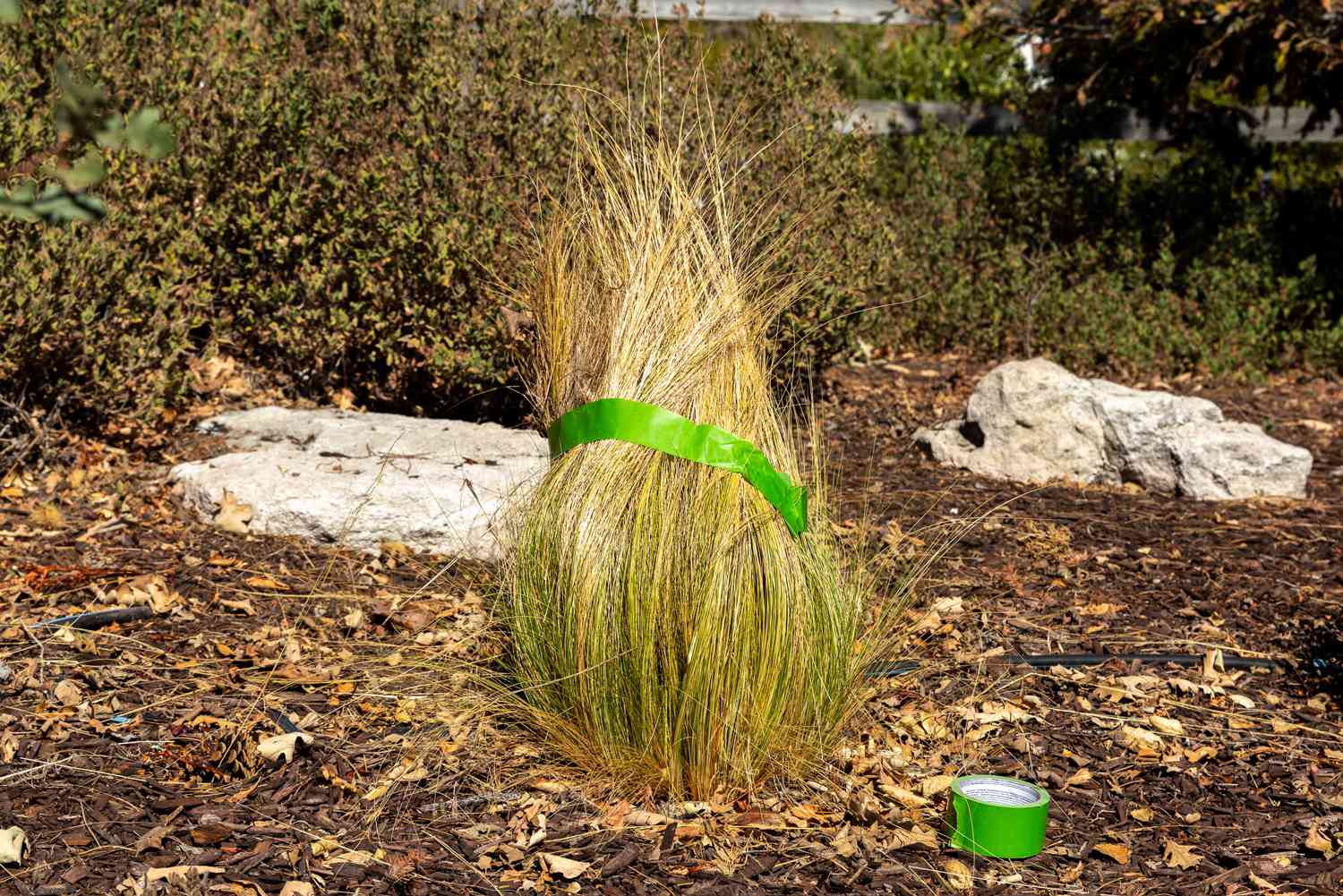
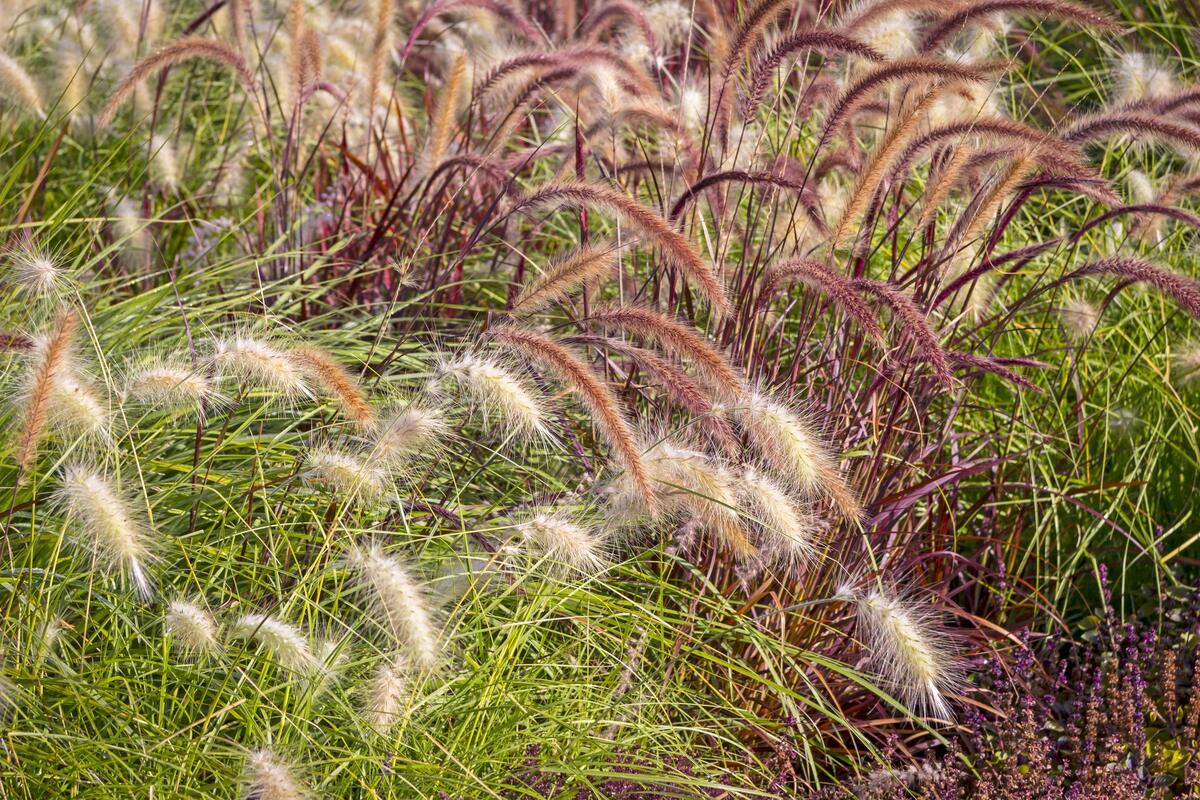
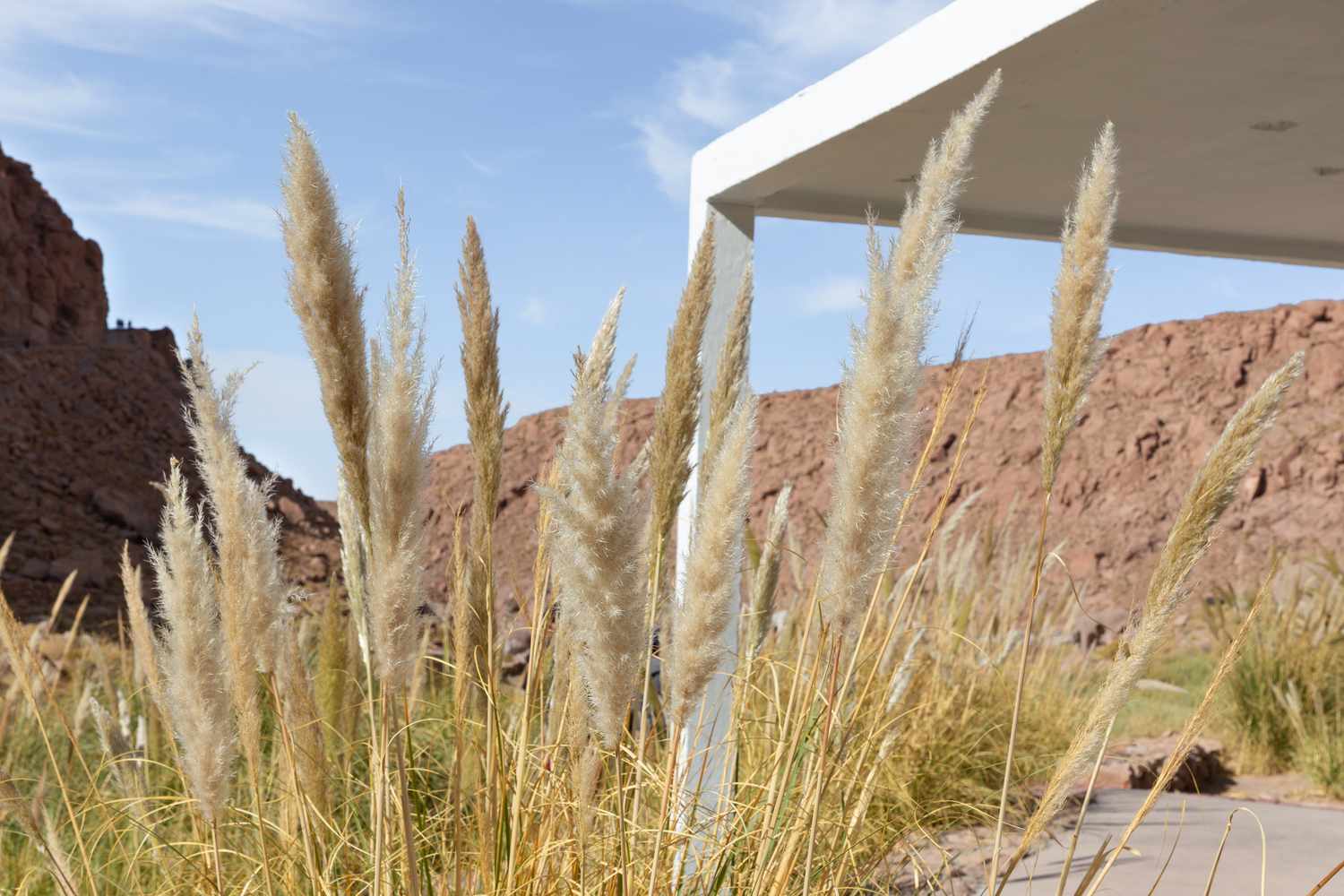
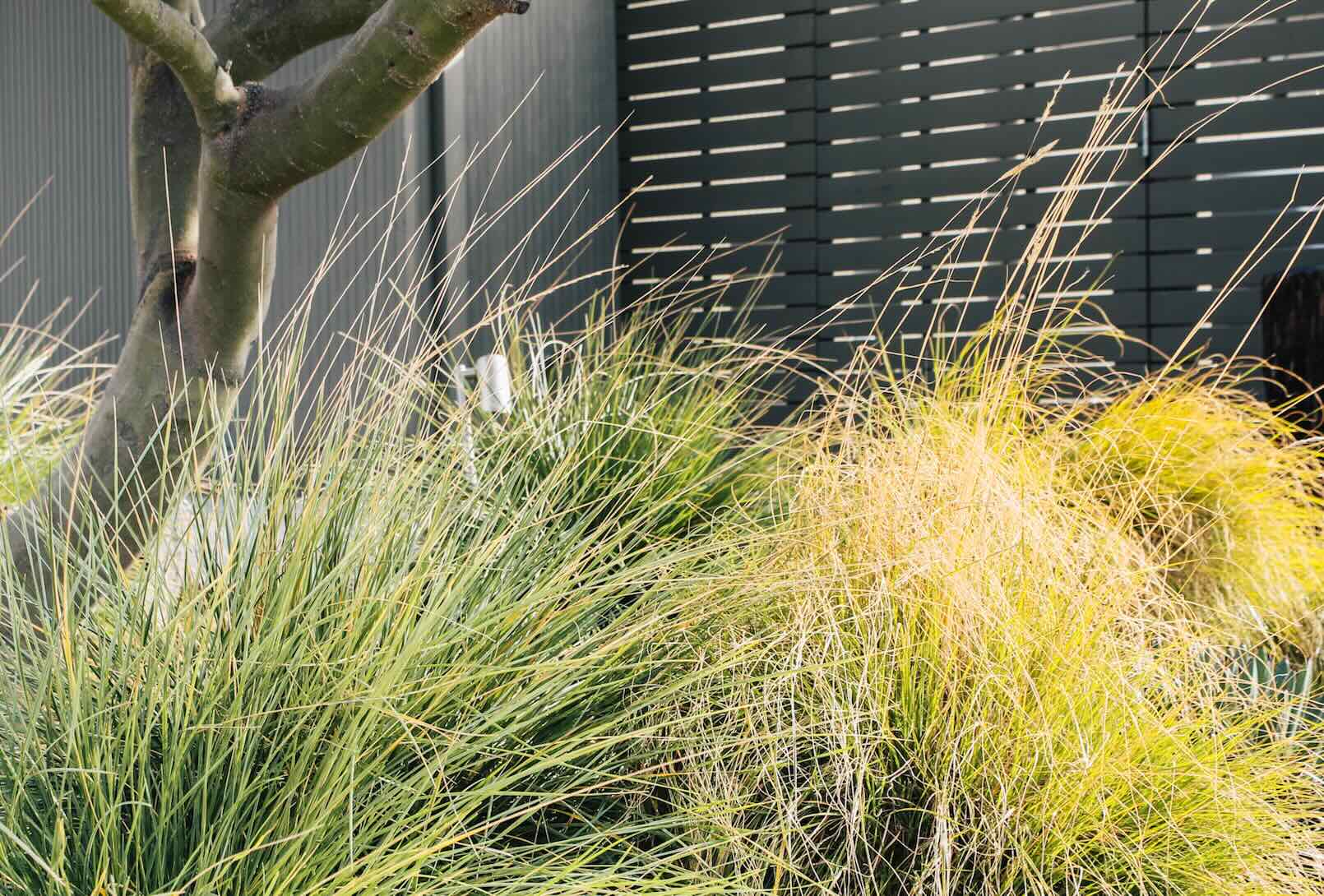


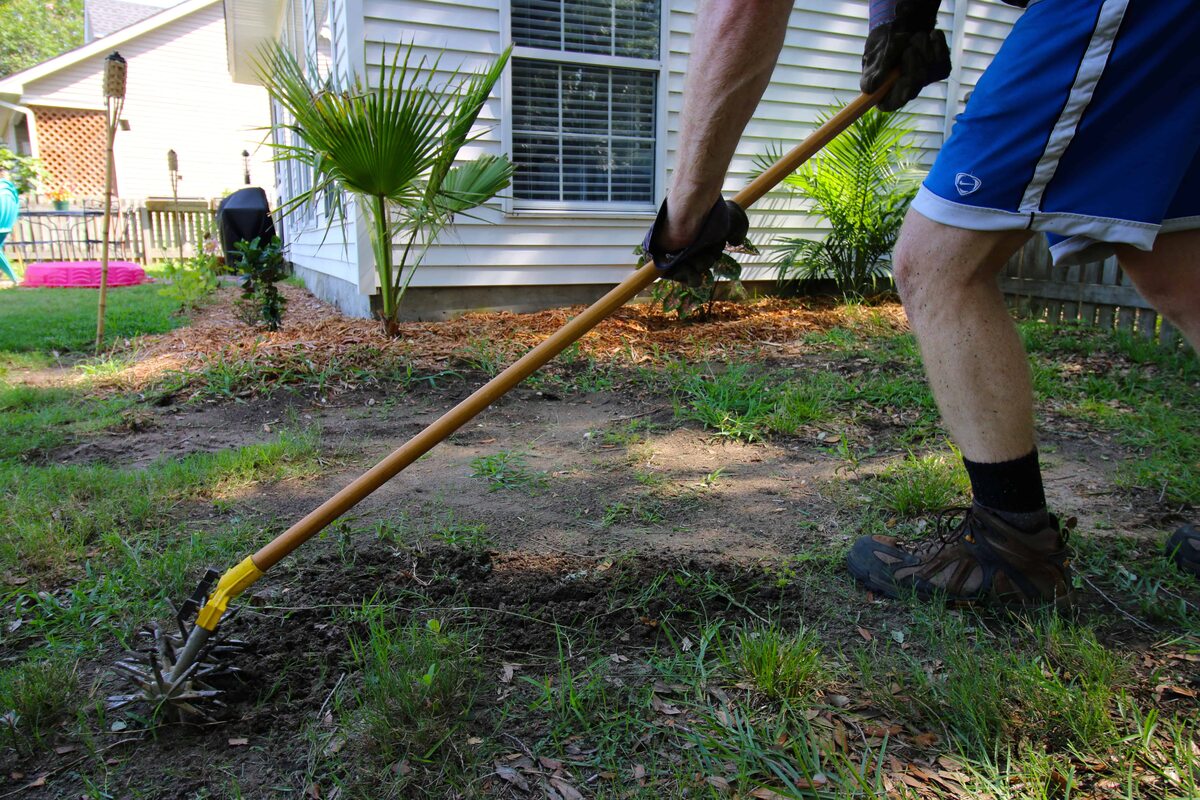
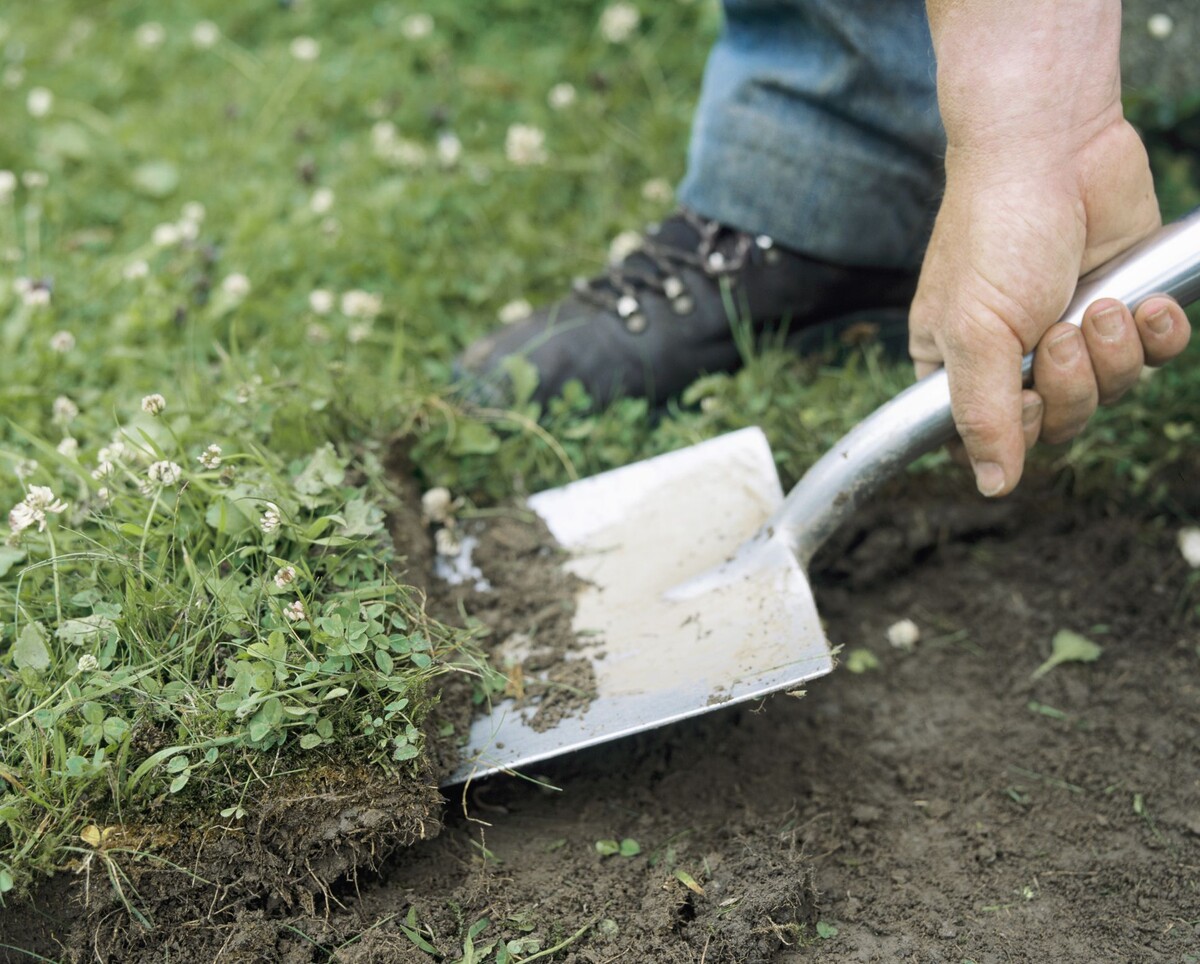
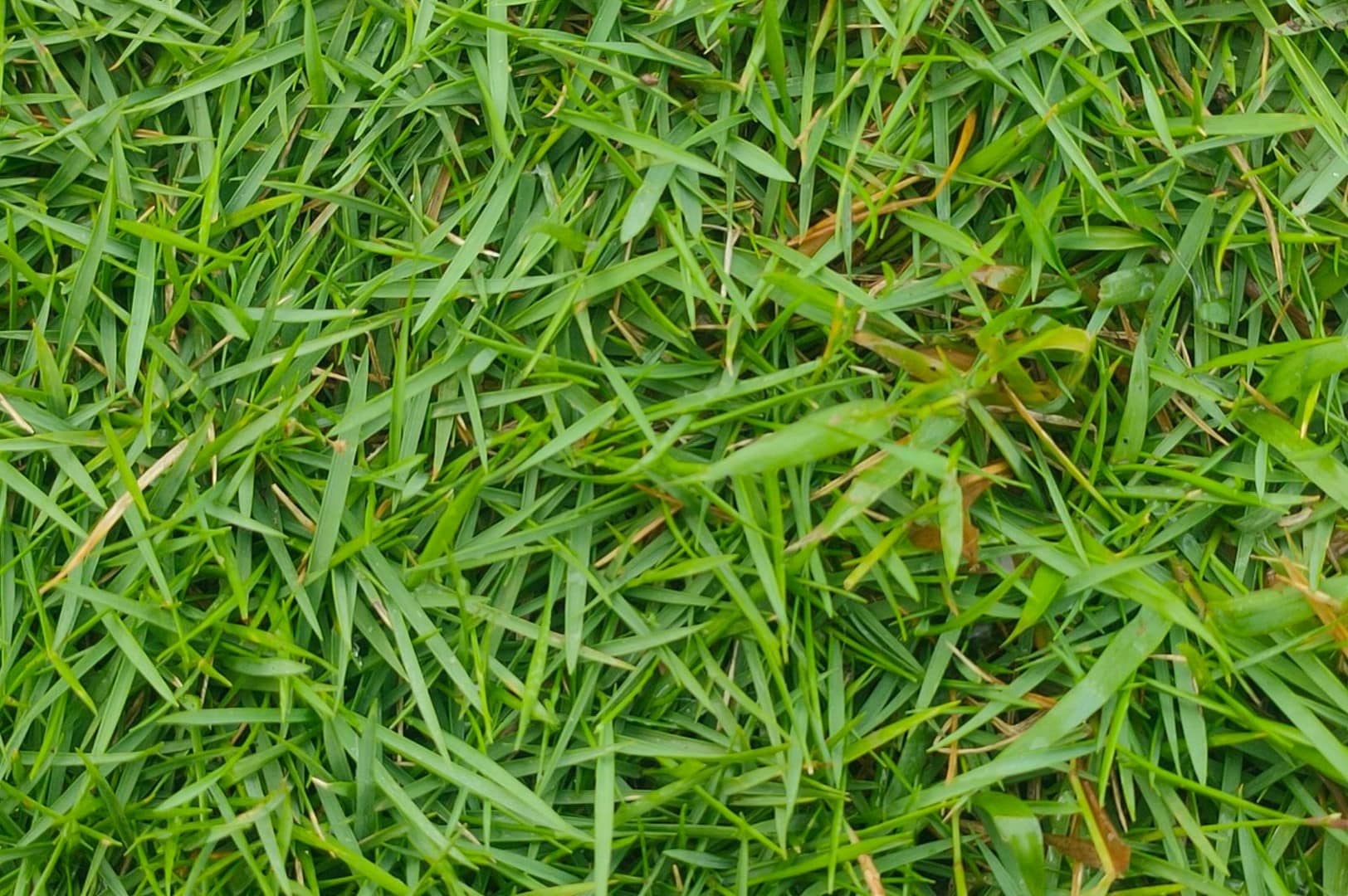

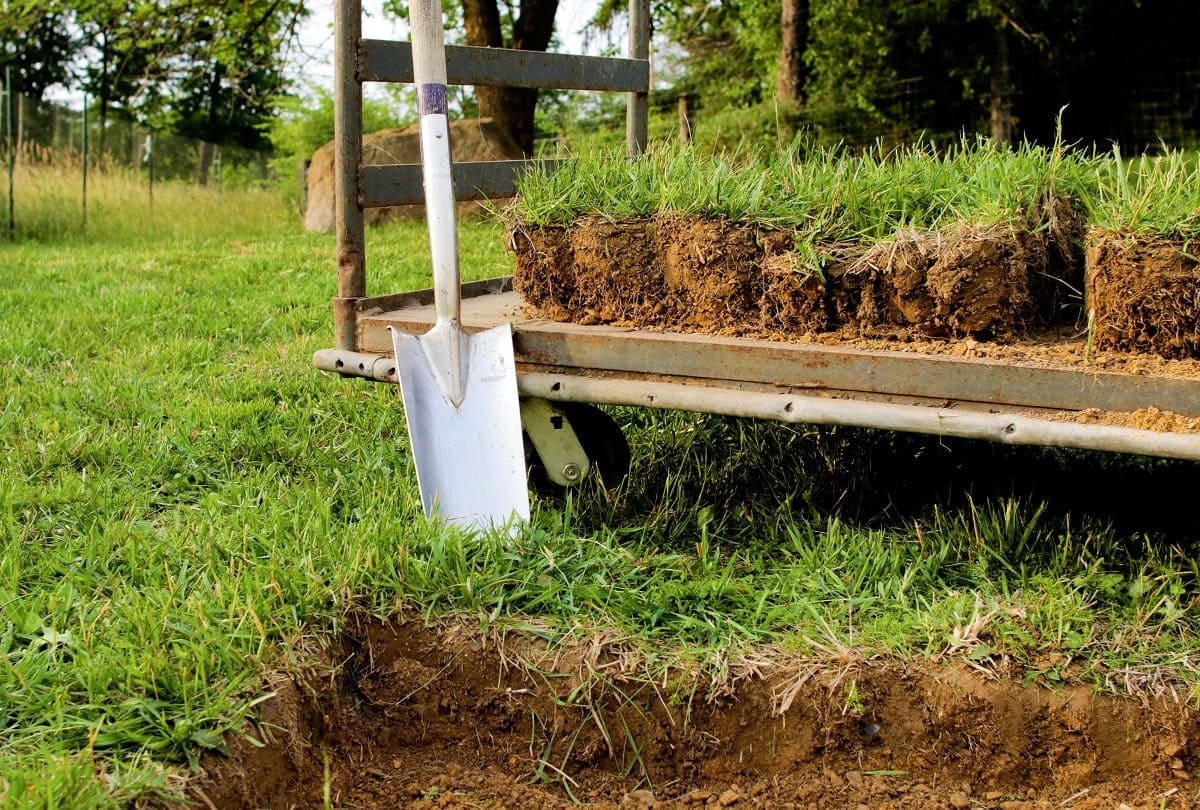


0 thoughts on “How To Remove Ornamental Grass”